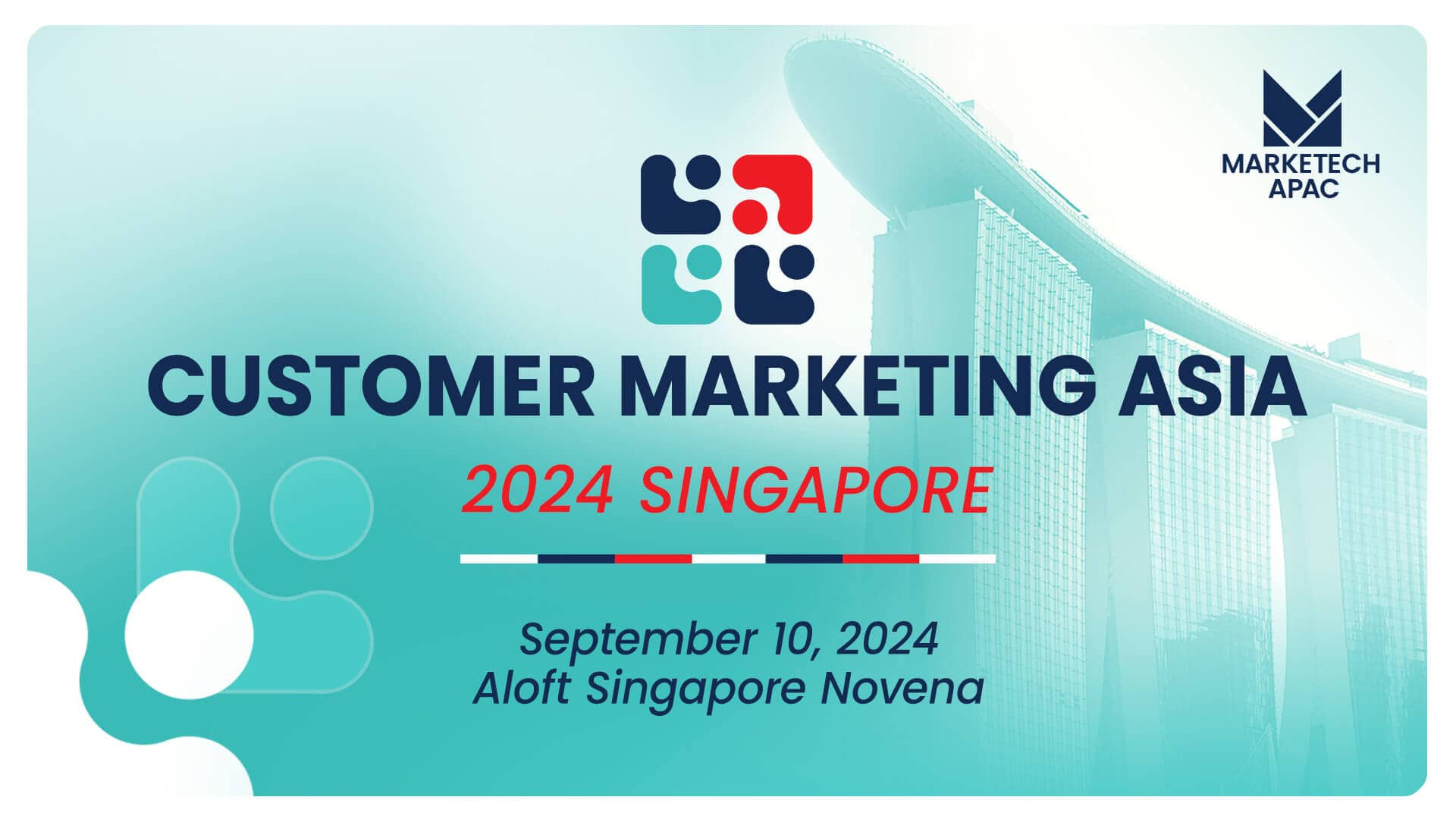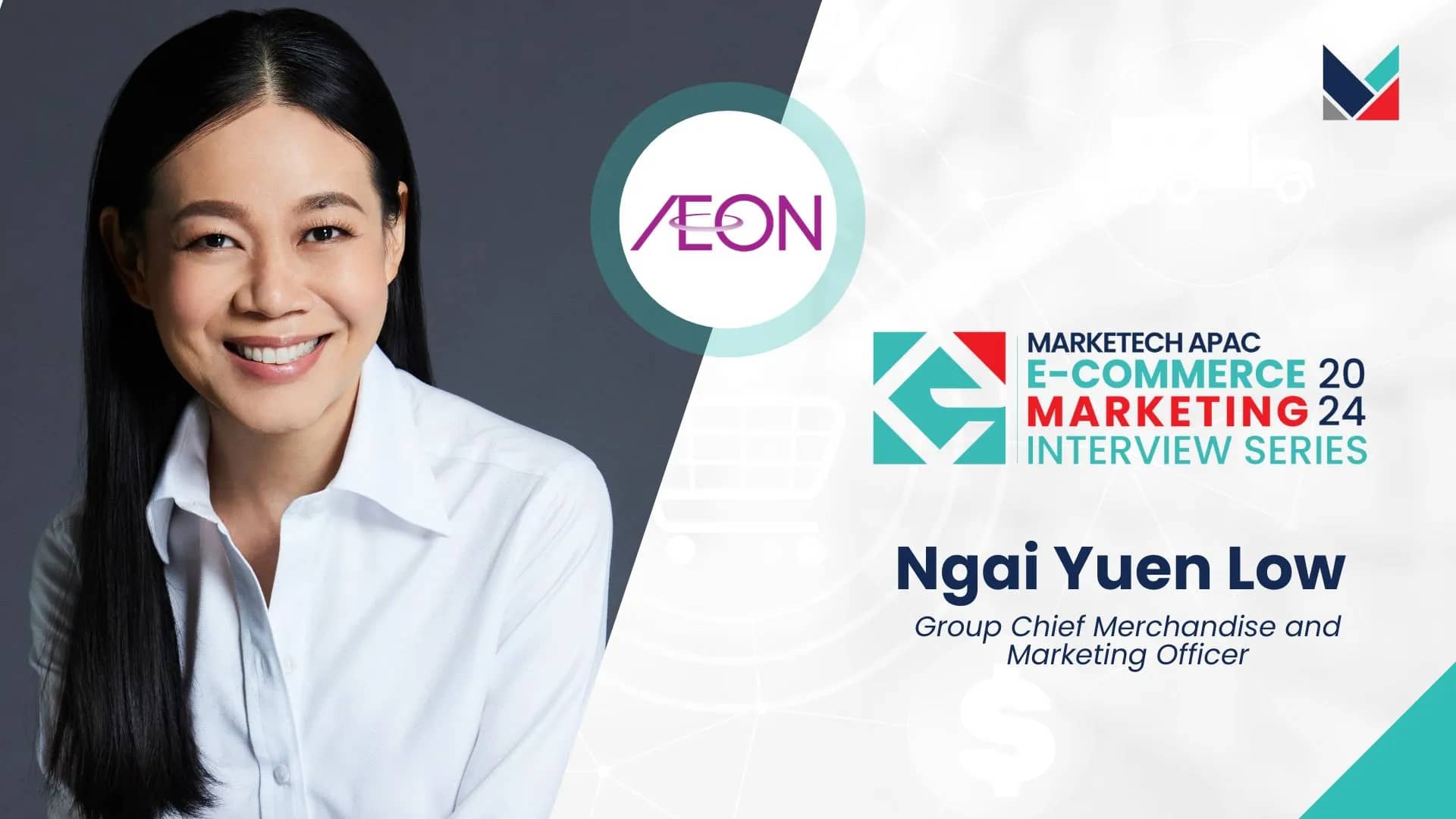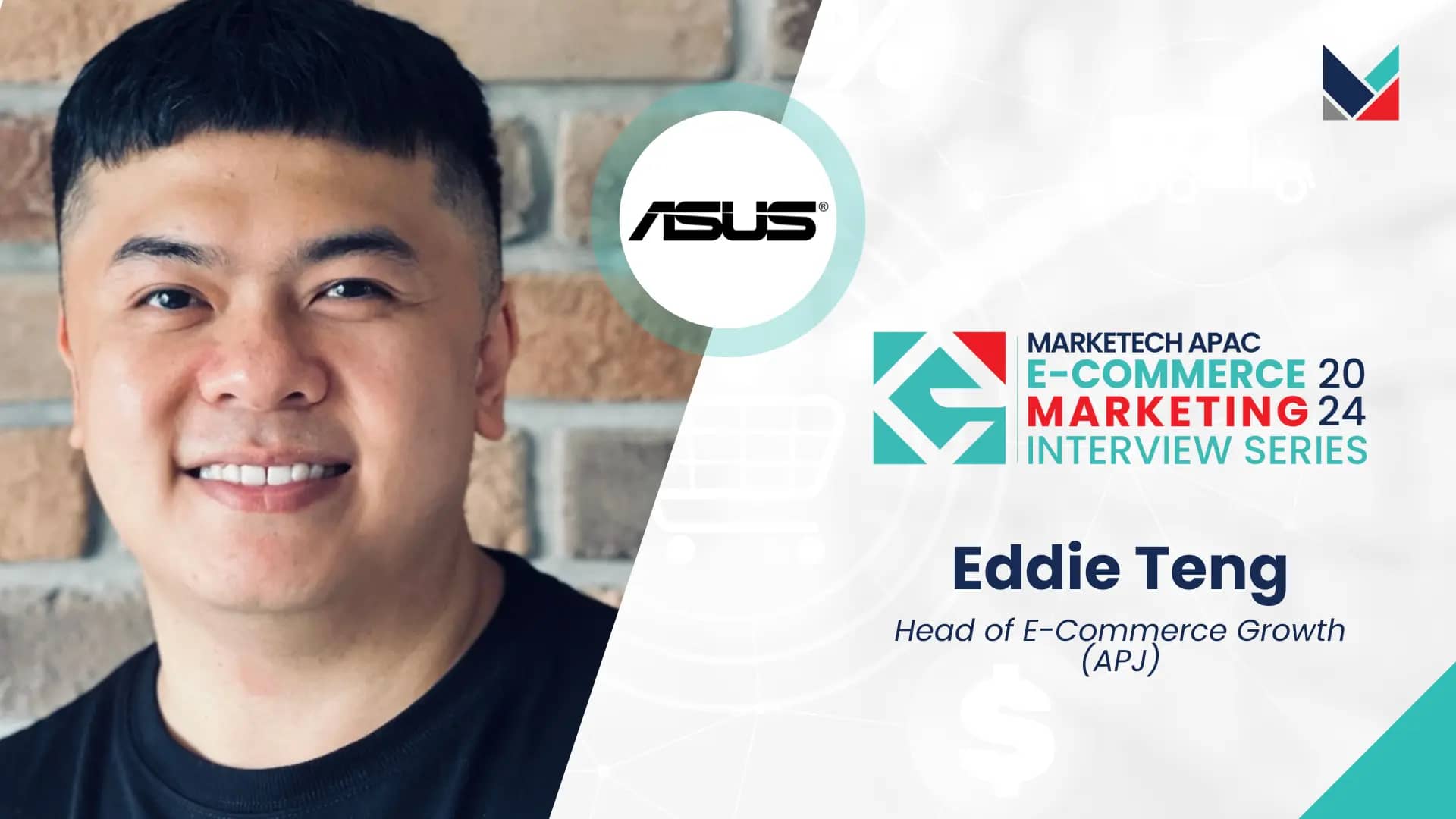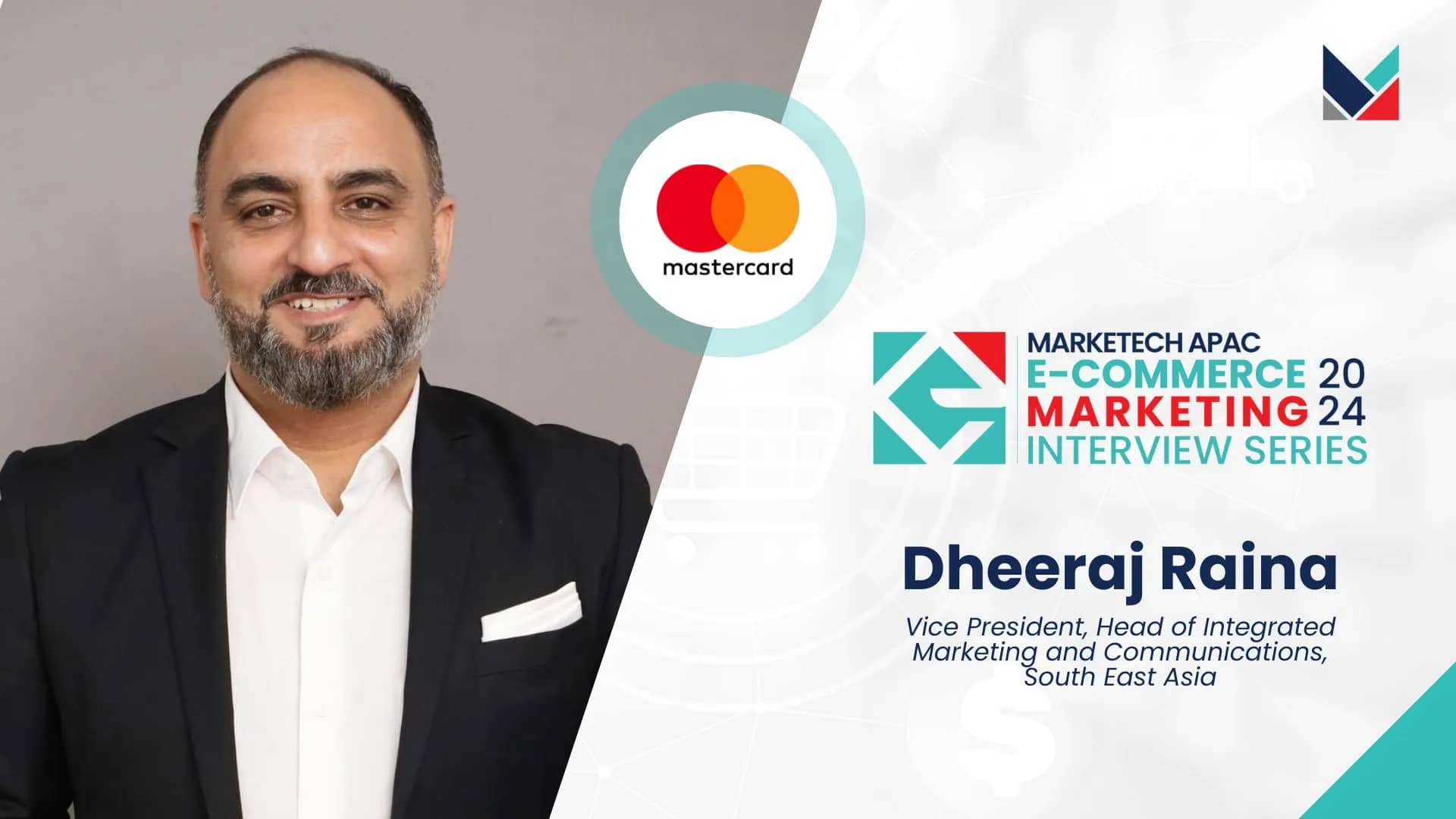If you’re reading this article, you’ve surely already Googled or ChatGPTed, ‘What’s a composable technology architecture?’. You’ve no doubt also been researching SaaS platforms to integrate with the dream of creating an ideal architecture that will solve all your problems and convert all your customers.
While this might sound too good to be true, it’s now within reach with proper planning, thorough research and some common sense. (I’ve spent years both buying and selling software, so I believe I’m qualified to express an opinion on the issue.)
Before diving into the nitty gritty of composing a martech stack, let’s sketch out what ‘composable’ means and how it relates to things such as MACH and Event-driven martech.
What is MACH?
MACH stands for Microservices, API-first, Cloud-native, and Headless. These four principles can guide organisations in selecting and implementing technology in a way that facilitates flexibility and scalability.
Microservices: Microservices architecture means breaking down applications into smaller, independent services that can be developed, deployed and scaled independently. This approach allows businesses to add or update features without disrupting the entire system.
For instance, if you’re a loyalty platform provider, you might need a system that allows you to add new loyalty programs or features as your business evolves – without overhauling the entire platform.
API-first: An API-first approach means designing software so that APIs are the primary way of interacting with the system. This promotes integration and modularity, allowing different systems to communicate and work together seamlessly. APIs enable you to call on specific components and services as needed, supporting a staged approach to building your tech stack.
Cloud-native: Cloud-native technologies leverage cloud computing frameworks to ensure scalability, flexibility and resilience. Whether you use AWS, Microsoft Azure or Google Cloud, the key is that your services are always accessible and can scale according to demand. Cloud-native applications are designed to take advantage of the cloud’s capabilities, offering enhanced performance and reliability.
Headless: Headless architecture separates the back end from the front end, allowing developers to manage content and functionalities independently of the user interface. This means you can update back-end services without affecting the customer-facing parts of your application. In a martech context, headless systems enable you to deliver personalised experiences to customers while maintaining the flexibility to adapt and evolve your back-end systems.
How to go about your due diligence
Now that we’ve defined the MACH principles, let’s cover how to research, assess and buy the most appropriate martech solutions for your organisation.
Step 1: Research
You’ve built a strategy, pitched it to your senior leadership team (SLT), and received approval and a budget. Your first step is, of course, to thoroughly research potential vendors and platforms. You may wish to consult reports from the likes of Forrester and Gartner. Such reports are usually of some value, but you should keep in mind the companies behind these reports may have conflicting financial incentives.
Focus on the four pillars of lifecycle marketing: Acquisition, Data/Analytics, Activation and Retention. For each pillar, identify 3-5 top vendors. Look for vendors that align with your organisation’s strategy and that can deliver the capabilities it needs.
When evaluating vendors, consider the following:
- API library: Does the vendor provide a comprehensive API library that allows easy integration with your existing systems?
- Event-driven: Can the platform respond to real-time events and trigger actions based on customer behaviour?
- Composable: Can the platform be easily integrated and adapted to fit into your overall architecture?
- Customer references: Ask for references from customers in your region who have used the platform. This will give you a better understanding of its real-world applications and performance.
Step 2: Assess
Once you have whittled down your shortlist, the next step is to assess vendors’ suitability based on your specific needs and user journeys. Instead of jumping straight into demos, focus on defining the customer experiences you want to achieve. Outline the user journeys critical to your strategy and provide these to the vendors. Ask them to showcase how their solutions can support and enhance these journeys.
A trustworthy vendor will be able to demonstrate their capabilities in the context of your specific use cases. They should be able to provide case studies and examples that show how their technology can solve for each step in the customer journey.
Step 3: Buy
One of the most common mistakes organisations make during the buying process is focusing solely on price without considering the long-term value and alignment with their strategy. Price is important, but it should not be the sole determining factor.
When negotiating with vendors, consider the following:
- Scalability: Does the vendor’s pricing model scale with your success? Ensure that the cost structure supports growth and doesn’t become a burden as you expand.
- Budget: Does the pricing model fit within your budget constraints? Understand this early in the process to avoid surprises later.
- Procurement involvement: Involve your procurement team early in the process. They bring a neutral perspective and can help ensure that the terms of the deal are fair and beneficial for both parties.
- IT involvement: Involve your IT team heavily when assessing the technical integrity of the vendor’s solution. In-house staff can help identify potential issues and ensure that the technology aligns with your IT strategy.
Key takeaways
To summarise, here’s the five-step process I recommend if you are planning on buying any martech this financial year:
- Define your strategy based on customer journeys: Start with a clear understanding of the customer experiences you want to create and use this to guide your decisions.
- Adhere to a set of clear principles: Whether it’s a lifecycle marketing lens or a MACH architecture lens, apply clear principles to your strategy to ensure coherence and alignment.
- Take your time: Building a successful martech stack is a long-term investment, so it’s worth investing time and effort in researching, assessing and buying the right solutions. The more you rush the process, the more risk there is you’ll make a suboptimal choice.
- Be transparent: Share your vision and requirements with potential vendors. Transparency helps build trust and ensures that both parties are aligned in their goals.
- Don’t hesitate to get guidance: If you’re out of your depth, seek guidance from the experts who specialise in this kind of thing. (You’ve undoubtedly got enough on your plate without needing to do a deep dive into the latest developments in martech solutions.)
It’s really not as hard as you think
By following the principles of the MACH architecture and focusing on customer journeys, your organisation can build a martech stack that’s flexible, scalable and future-proof. (Or at least as future-proofed as is feasible.)
Always remember that the goal is to compose a well-orchestrated system that enhances your ability to engage and retain customers. With the right approach, you could well reach a state of ‘martech stack nirvana’ and drive long-term success for your business.

This thought leadership is written by Miles Toolin, Leading Enterprise Solutions APAC at Eagle Eye

















